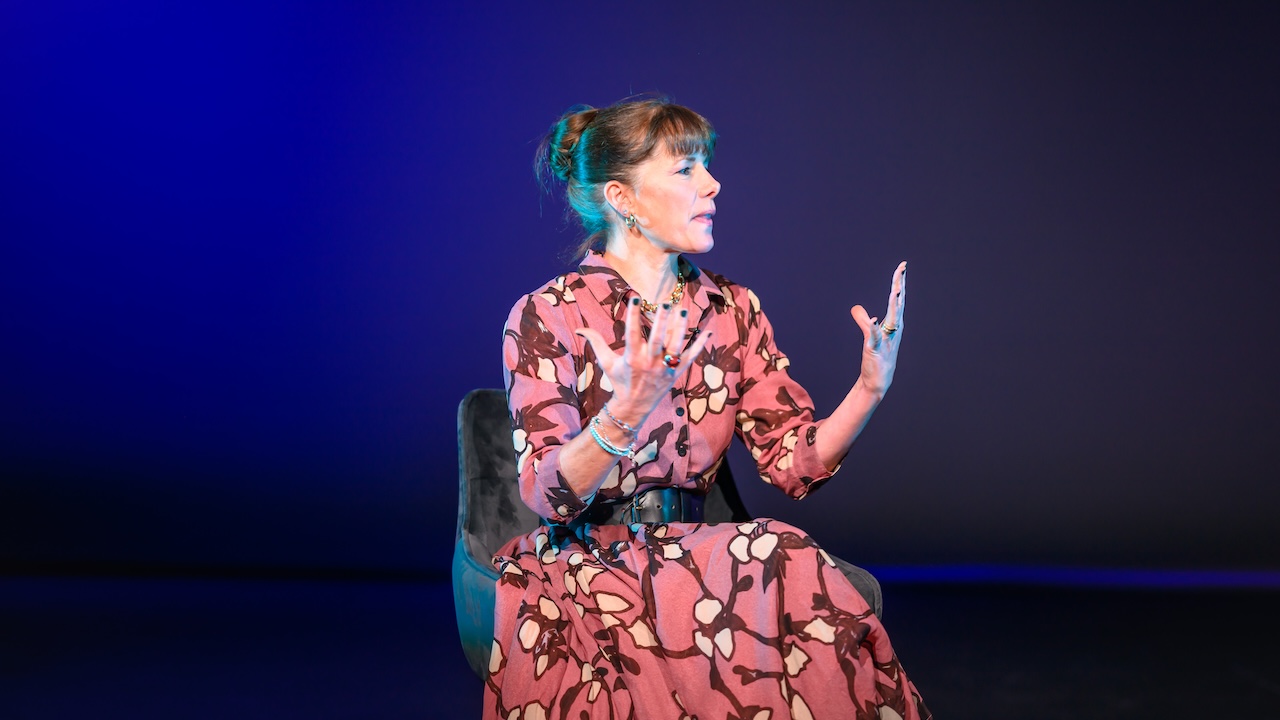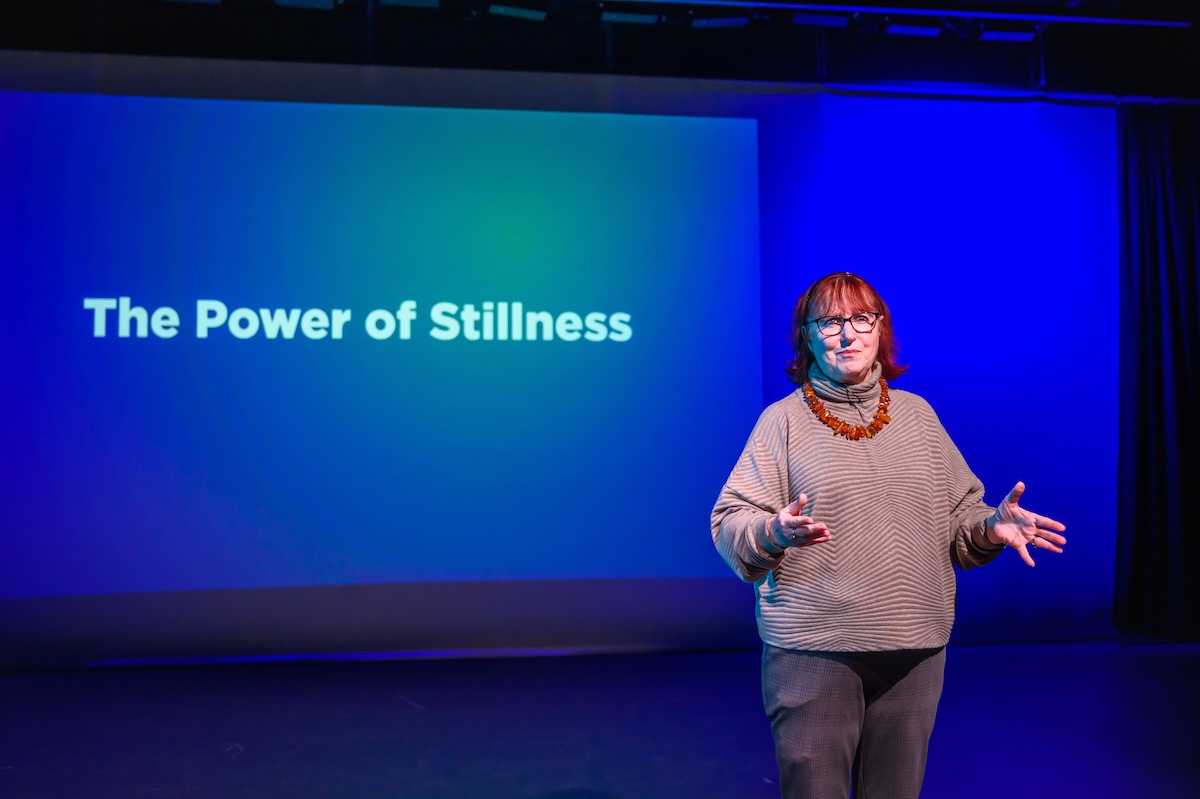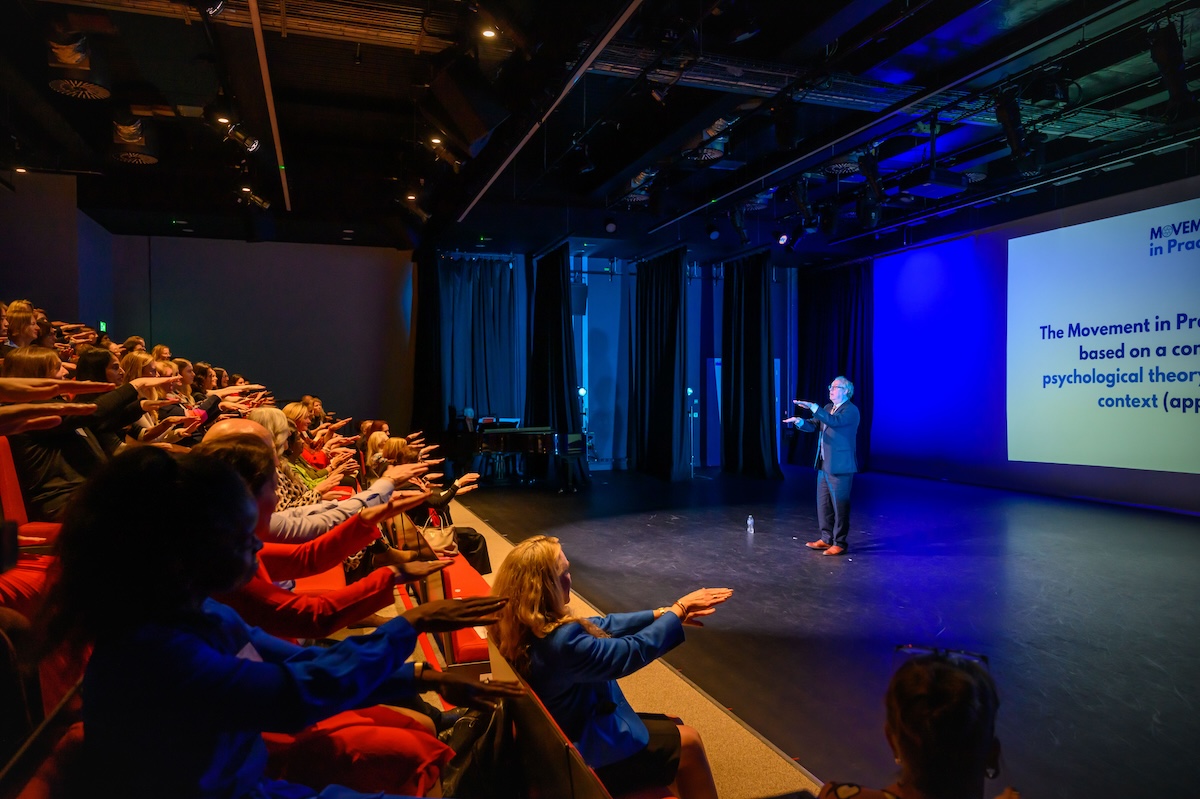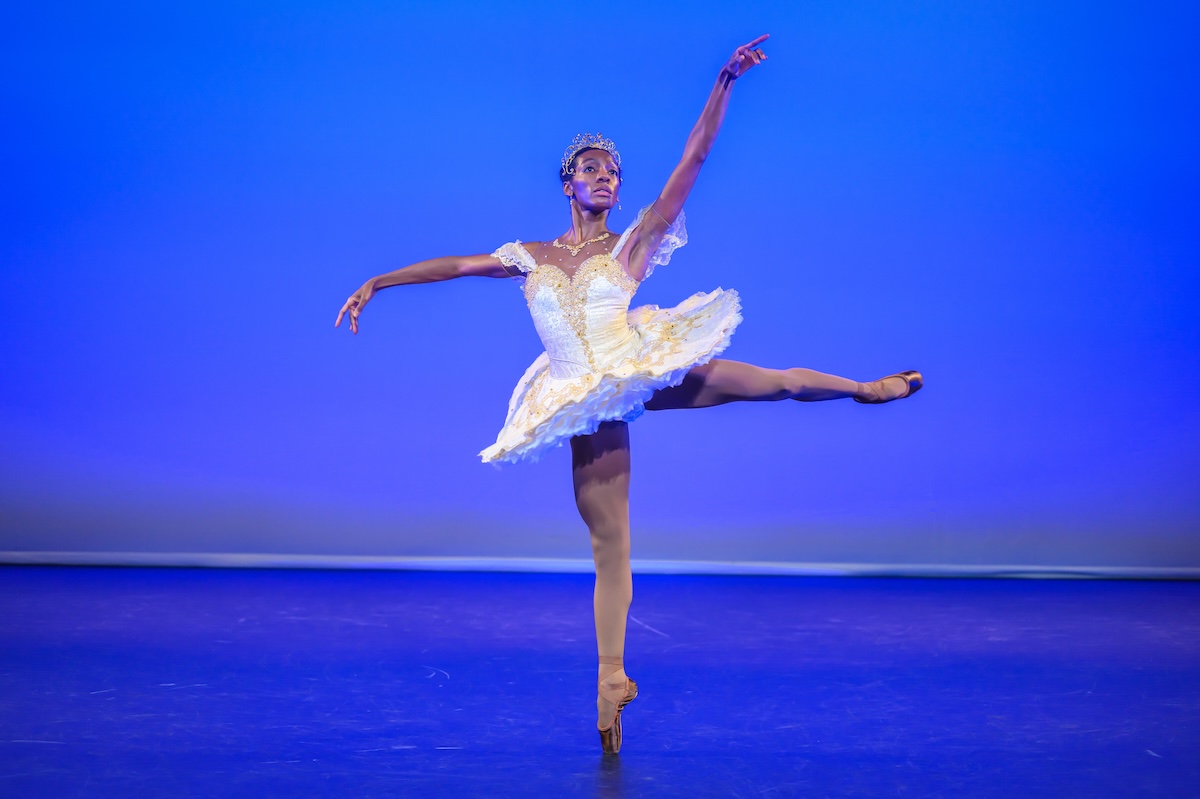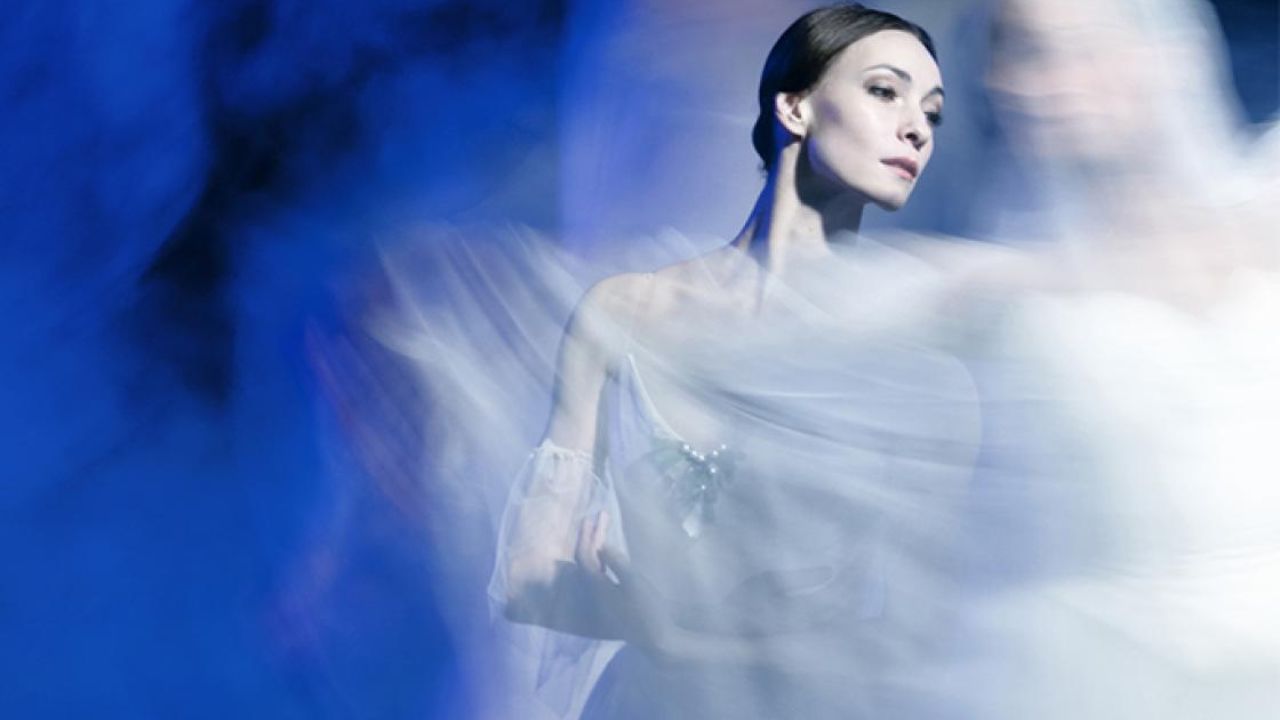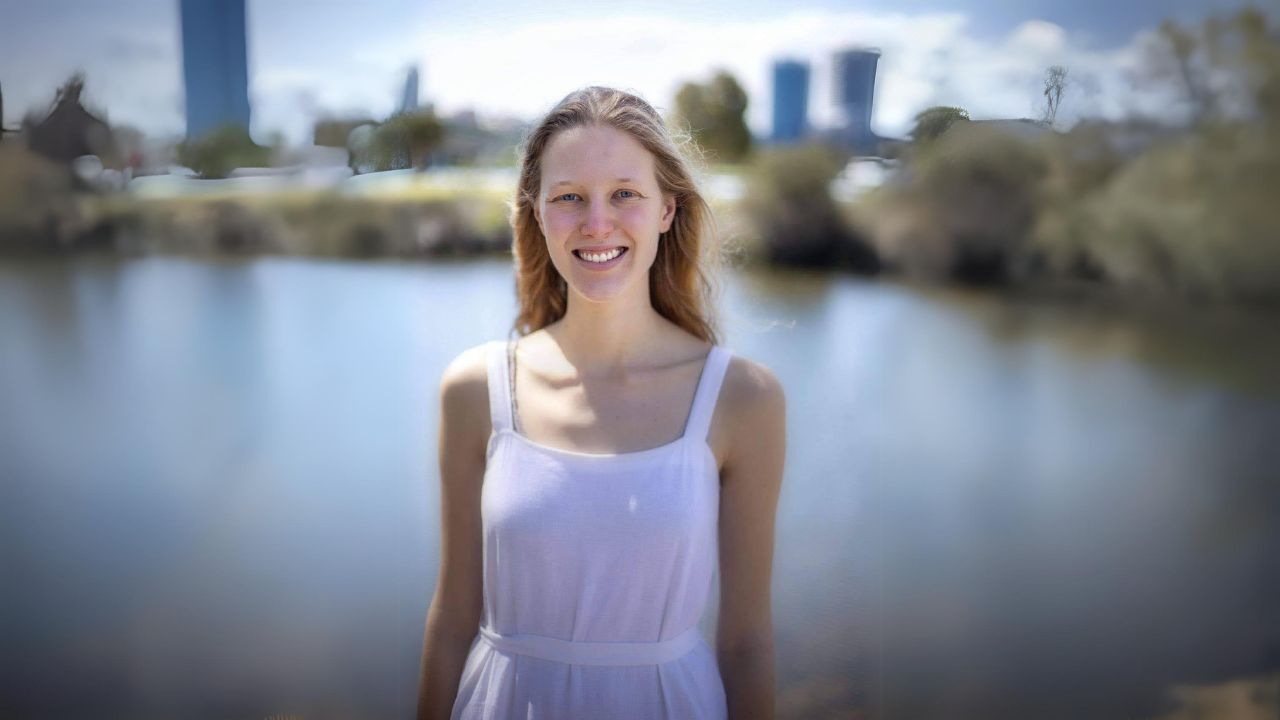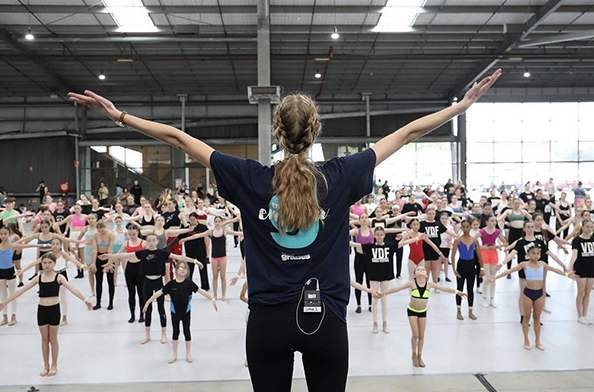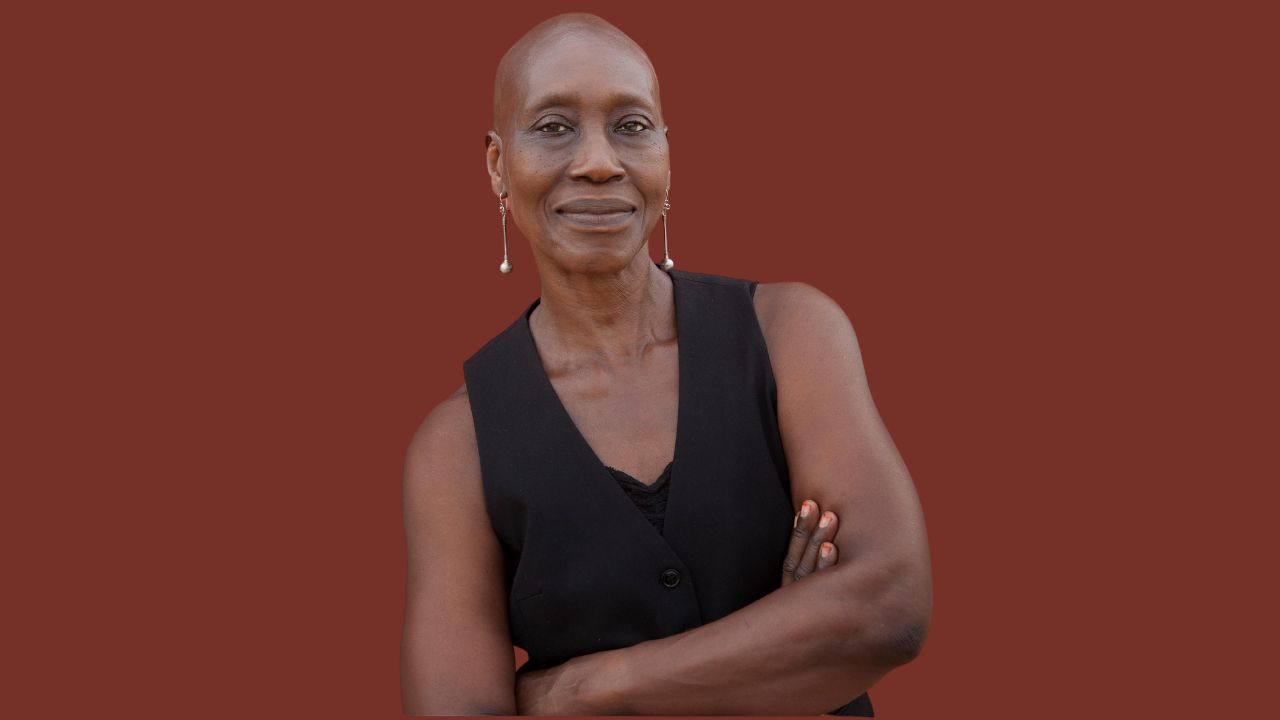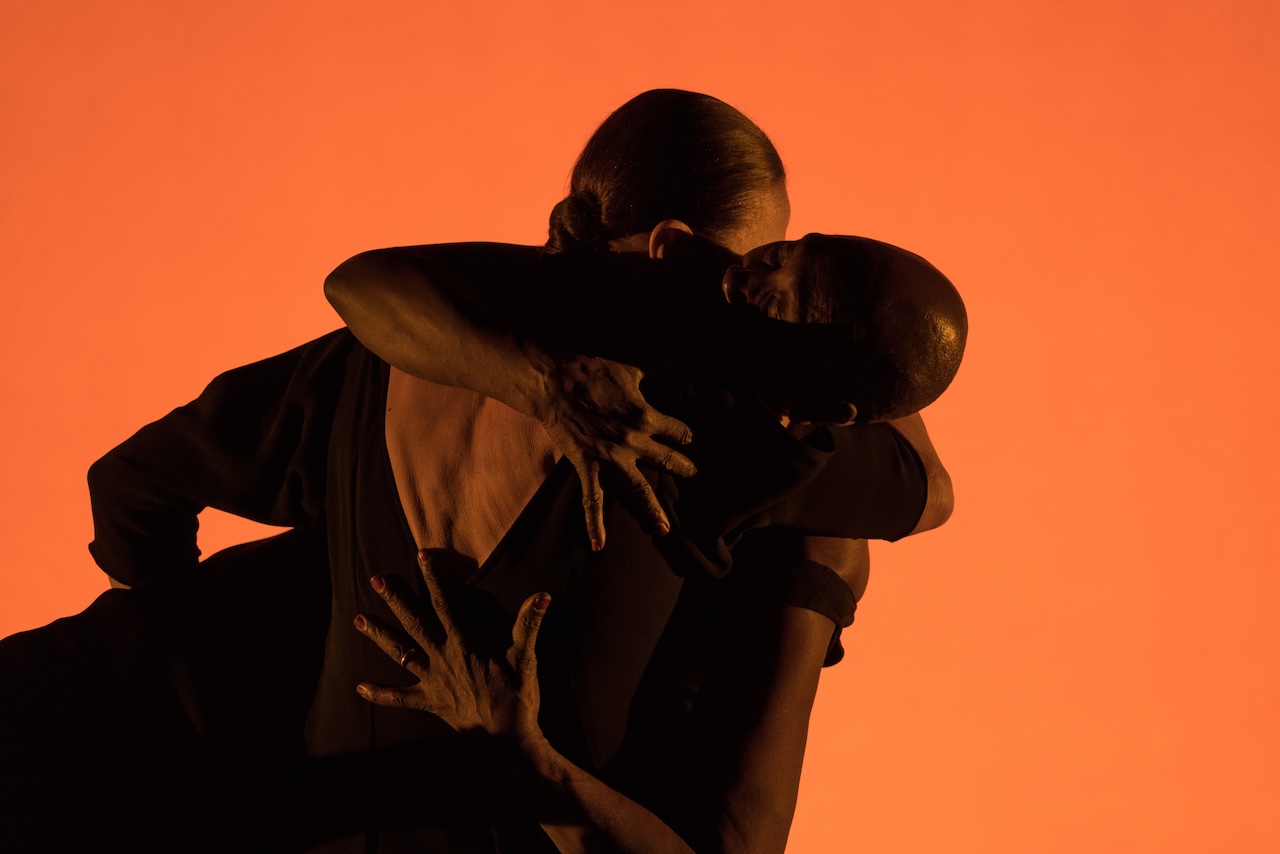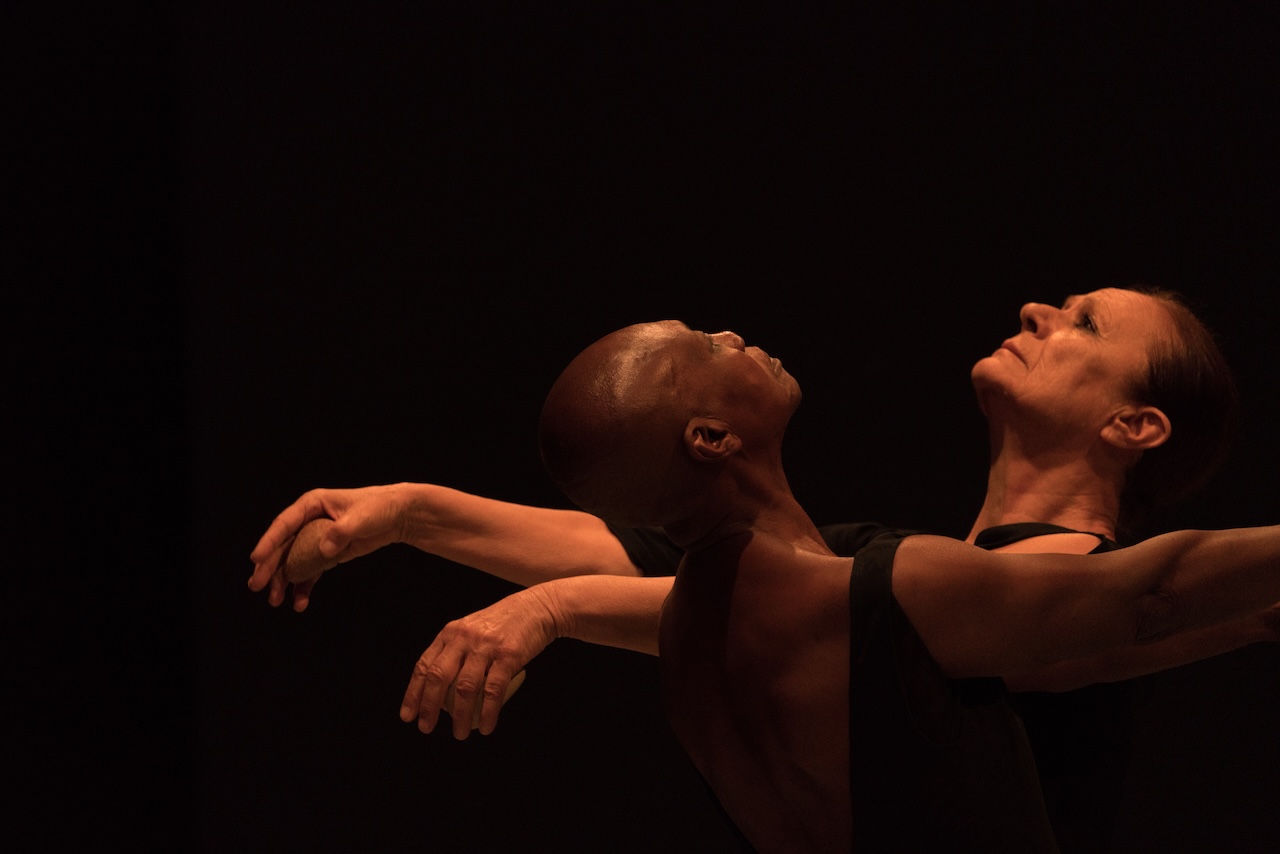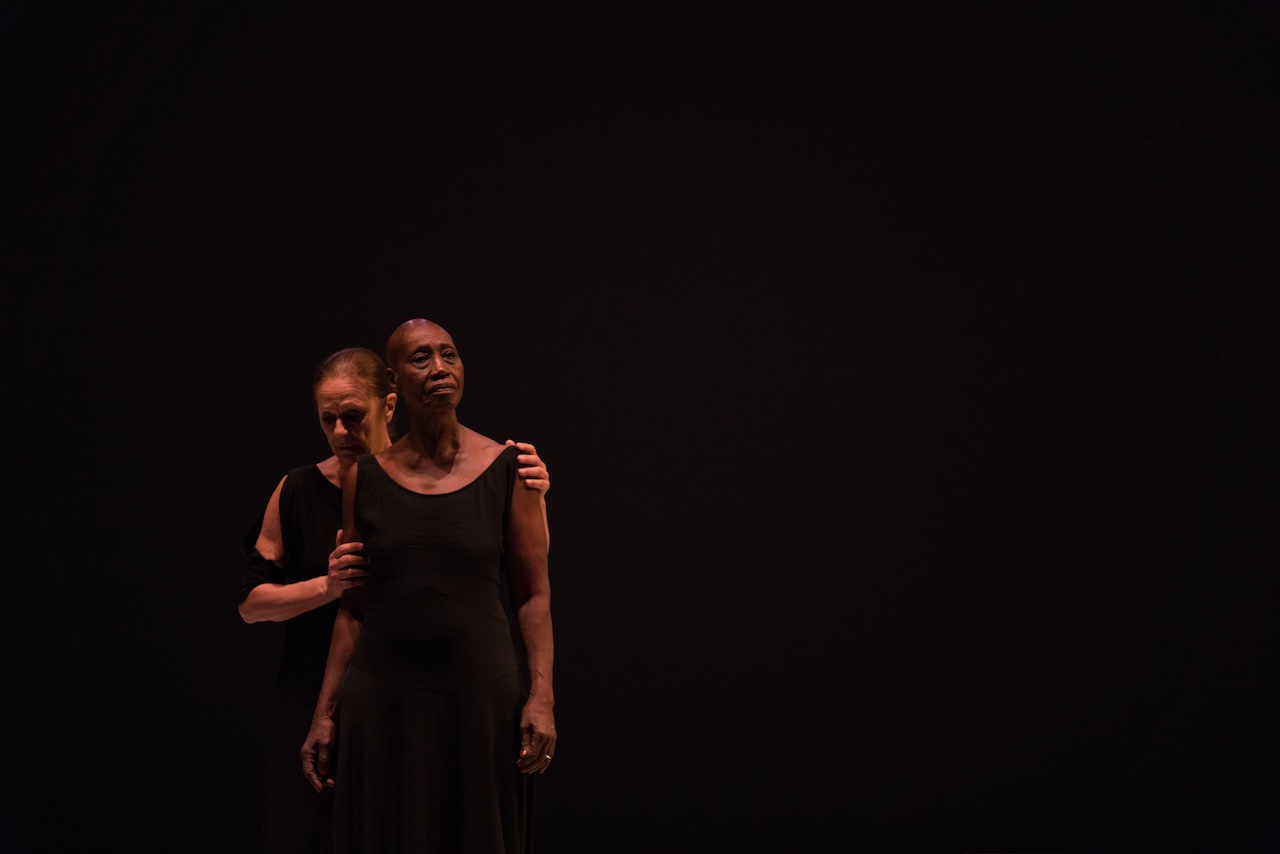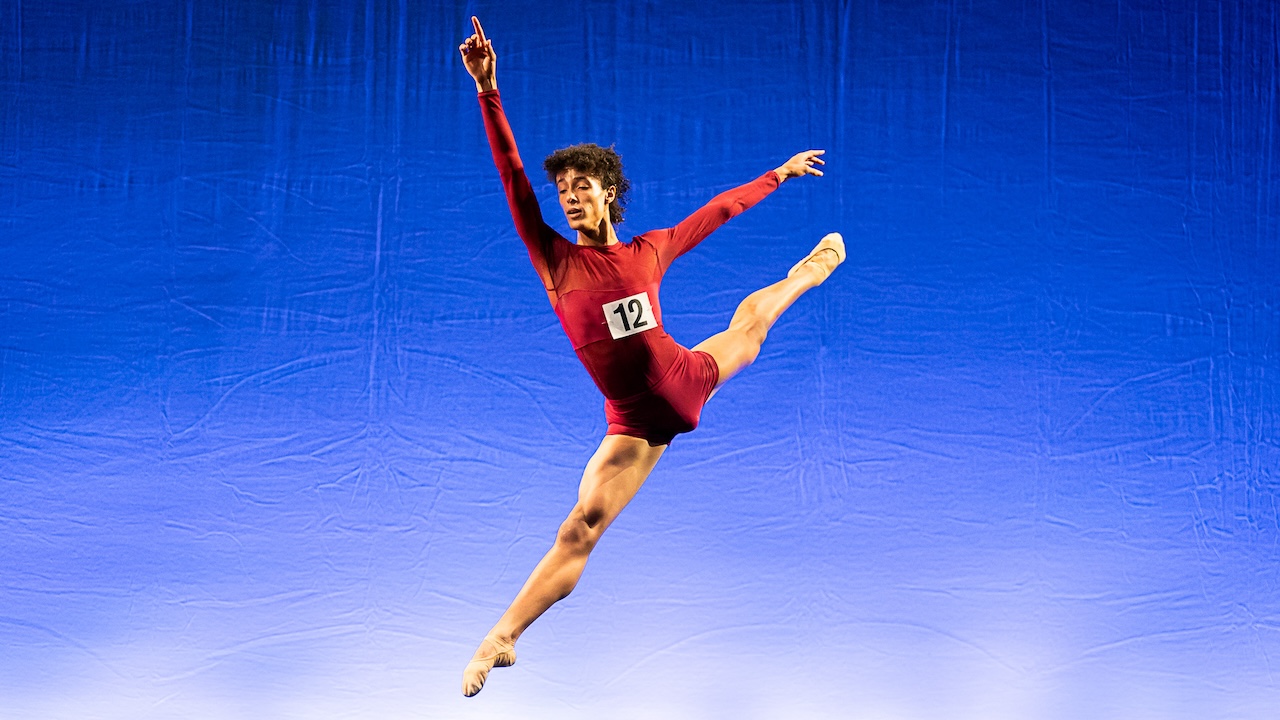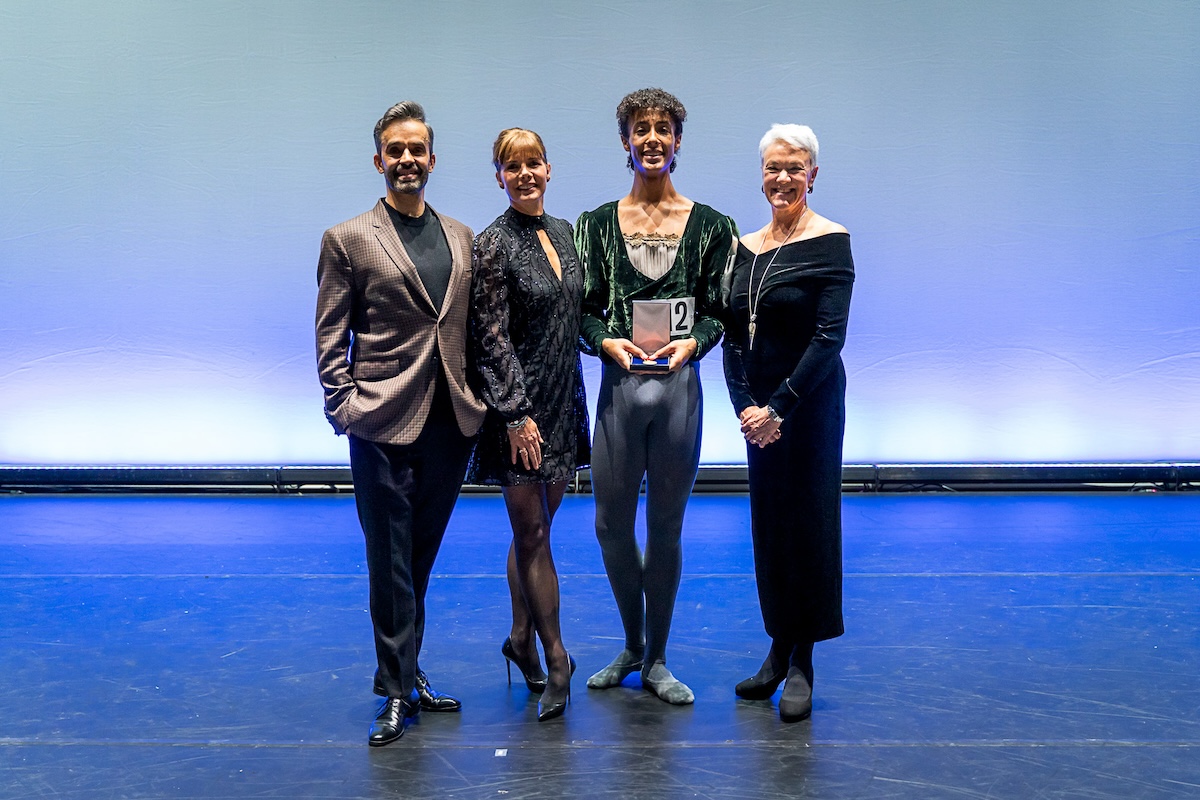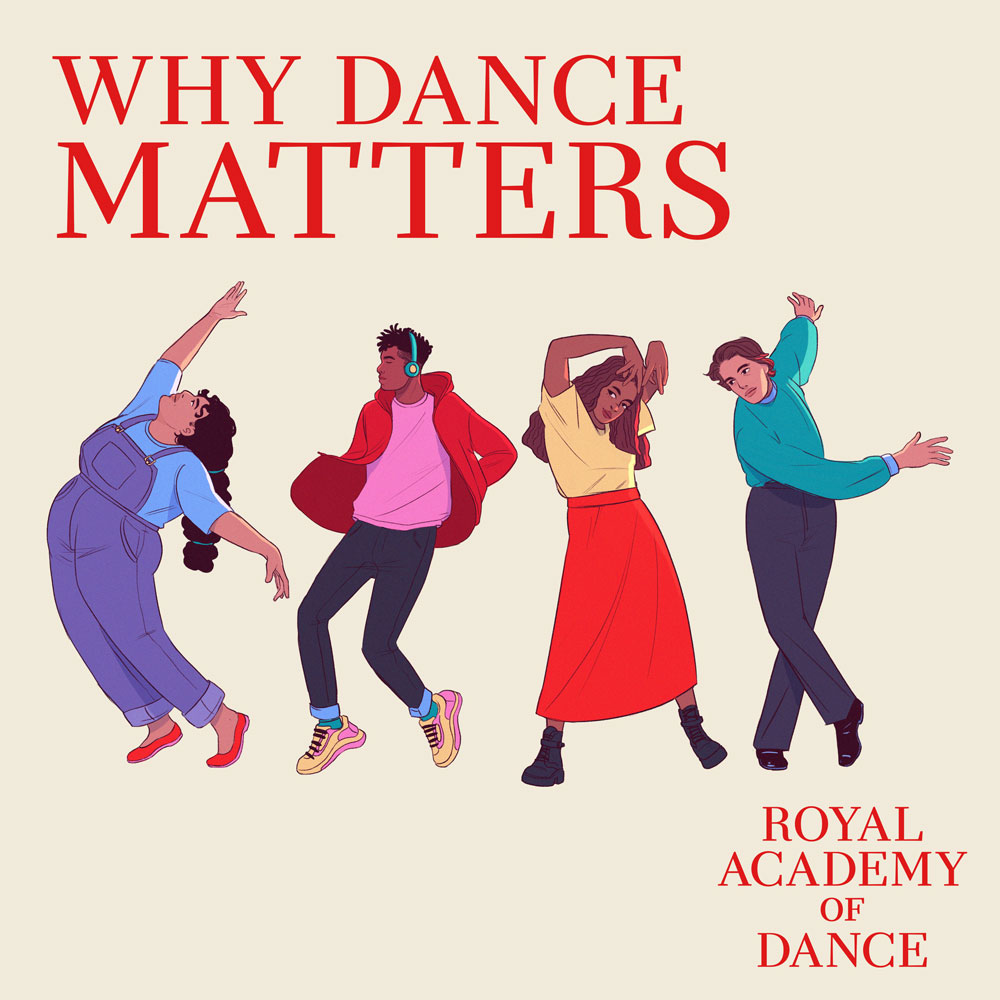When we began the RAD podcast in 2021, with the UK still in lockdown, we had no idea if it would work. Could we make a podcast? Would anyone appear on it? Would anyone listen?
We lucked out with our producer, Sarah Myles: creative, patient and very encouraging (and very fond of pets, an invaluable icebreaker for several guests). Sarah made the unknown seem less scary. When we sought a title, she asked, ‘what’s the podcast about?’ I guess it’s about why dance matters, I replied. ‘Well that’s your title,’ she said.
Our first season launched with Xander Parish, and his astonishing journey from neglect in the corps de ballet to renowned principal dancer. Subsequent landmark dancers have included Darcey Bussell, Carlos Acosta, Tiler Peck and David Hallberg. We’ve also met star choreographers, RAD teachers and students, and people from other fields whose lives have been indelibly shaped by dance. All people to whom dance matters on a fundamental level.
Working on Why Dance Matters has been so fulfilling; the generous-spirited guests and immensely collaborative team help.
But more than that, it’s been the opportunity to tap into people’s passions, hear their stories, share their joys and fears. We have been welcomed into intimate conversations which use dance as a prism for the things that matter to us all – expression, confidence, community.
Since the launch, we’ve had over 28,000 downloads from listeners in over 100 countries, been ranked the UK’s top dance podcast, and received heart-warming appreciation from very kind listeners (plus the person who pointed out that my laugh was unbearable. Sorry!).
Marking our 50th episode is a conversation with Olga Smirnova. One of the world’s great ballerinas – her recent Giselle was broadcast to international cinemas in January – she made headlines in 2022 with a courageous, life-changing decision to leave Moscow’s Bolshoi Ballet, where she had spent her career, in response to Russia’s invasion of Ukraine.
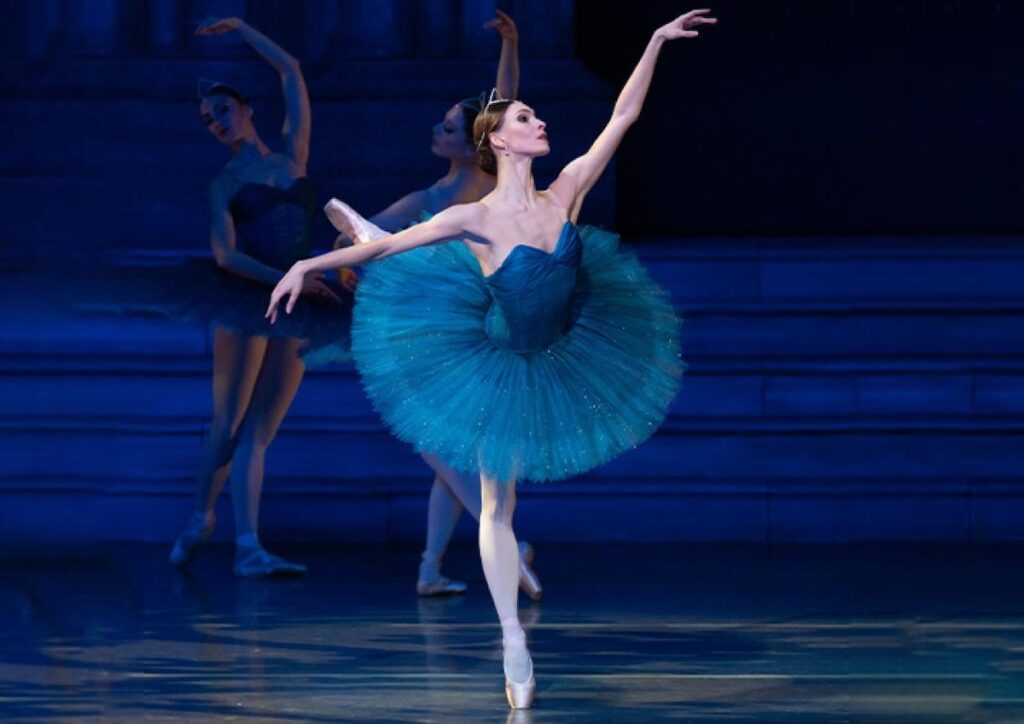
Two years on, Smirnova has found a new home at Dutch National Ballet. Here are highlights of a wide-ranging and thoughtful conversation:
Dancing in the smartphone age Now that smartphone cameras are everywhere, each one of your performances is recorded and posted on social networks. You are conscious that you will be seen by millions of internet users, and this recording will live forever. This is a new era of being a ballerina.
Starting ballet I do not come from a ballet family, and my family was not wealthy enough to take their kids to a ballet performance. I didn’t dream of becoming a ballerina – gradually, I learned the endless beauty and harmony of ballet.
Stage fright I’ve never felt fear of the stage. Never. Later, when you are a ballerina and people expect to see some quality from you, of course there is some pressure. But once I do the first step, I become very calm. I’m just enjoying being on stage and being my character, and I’m not nervous anymore.
Leaving Russia The decision was obvious for me, so this made it easier. But of course it meant huge changes. I never lived in a foreign country before. A new language, new country, new traditions, new company – all of that was a big challenge. But I was lucky to find great support – I can confidently say that Dutch National has become my home.
Contact with former Bolshoi colleagues Not many, just with a few people. I think they feel weird not to be able to tour or share their experience with the world, or have choreographers coming to work with them. But people don’t want to talk about it, or might be afraid to share their honest opinion.
Why does dance matter? I like to think about my body as a tool, which helps to reveal and express different emotions and share these emotions with the audience. I believe that the more people share their emotions with one another, the better they understand one another, which helps create a better and more harmonious world. Art helps us find the inspiration to exist – I just want to share this inspiration with the world.
Five favourite guests from Why Dance Matters
Xander Parish Our launch episode featured the former Genée medallist, then a principal at the Mariinsky Ballet. Xander’s resilience is inspiring – like Olga Smirnova, he has now left Russia, and is now with Norwegian Ballet.
LISTEN >

Guddi Singh The very first episode we recorded: Guddi, a doctor and broadcaster who described how dance had impacted her work and her own mental health, showed us how we might open a window on life beyond dance
LISTEN >

Benjamin Zephaniah The beloved poet and performer died last year. I’m pleased we could tell him how much his work impacted on generations of readers and listeners.
LISTEN >




